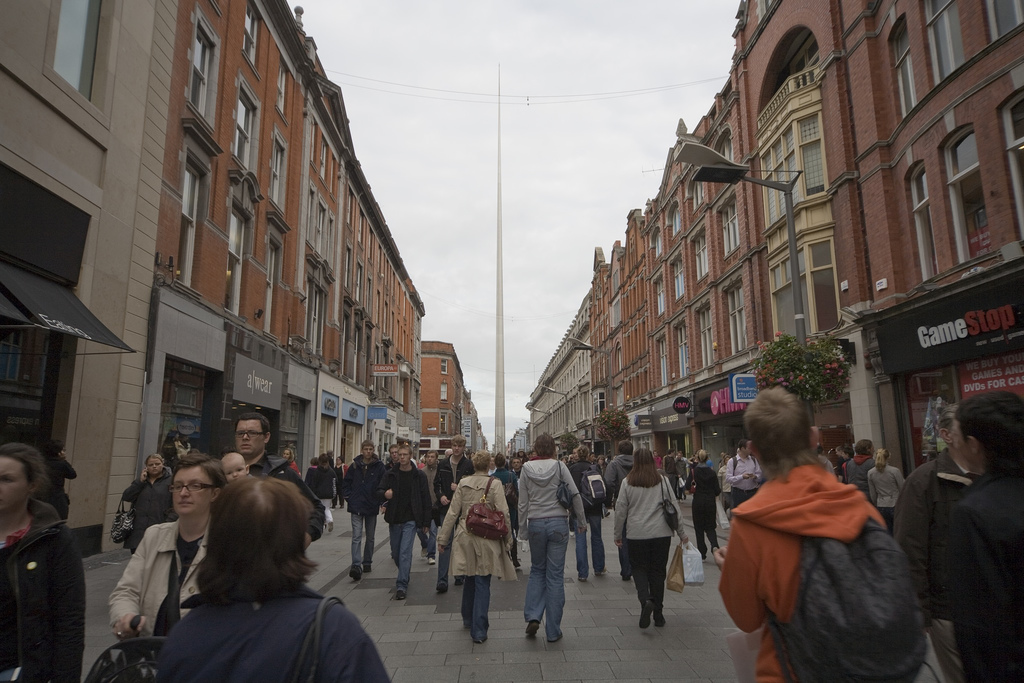How to Organize Your Store Around Buyer Intents

And so it’s happening again.
You log in to your Analytics in the morning only to see that regardless of the changes you made to the site last week, visitors still bounce off it like mad, there are hardly any conversions and pages you thought would perform well keep on having a high exit rate.
Yet, you did everything by the book. The site is fast, all the information about products is there and you bring good numbers of visitors to it through various channels.
What’s wrong then? Why don’t people stick for longer and buy?
Well, there might be many reasons of course. There is however, a particular issue that stands behind a lot of those problems – you don’t show visitors the information they are looking for.
Impossible, you say. I provide plenty of information about products, actually more than my customers would possibly need. My prices are good and I offer free shipping. There should be nothing that would prevent them from buying.
Yet they don’t buy. And part of the reason might be that they are not on your site to look at product descriptions at all.
Buyer Intents
Not all customers visiting your site are ready to buy something. And thus, what they are looking for and expect from the site is completely different from a person with the intent to buy.
There are in fact 3 separate buyer intents.
Firstly, your customers might be looking for information. This intent is known as the intent to learn and refers to users who haven’t fully recognized their problem yet. They need help to understand it.
The second one is the intent to compare. Buyers at this stage understand their problem and realize what solutions they might need to resolve it. The job in front of them now requires to evaluate different alternatives before making a final decision.
Lastly comes the intent to buy. As the name suggests, at this stage the buyer is ready to make a purchase.
Those three stages are integral parts of the buying process. And here is the catch, your site is most likely optimized to target only one of them – the intent to buy. As a result, you are missing out on a lot of opportunities to promote your store to people who might be buyers in just a very short time.
How to Organize Your Store Around Buyer Intents
Targeting different buyer intents is the key to creating a site that speaks to customers at every stage of the buying cycle. Regardless of whether they might only be looking for information, comparing your offering with someone else or deciding who to buy from, you should provide them with the information they need.
And to do so, you need to create a set of different content types for each intent.
Intent to Learn
As mentioned already, buyers at this stage need guidance in understanding their problem. From your point of view, the most important task to do is to understand where and how they would be looking for information. With such data you will be able to predict what your content should be about and where to promote it.
The ideal mix of content types for the intent to learn would include:
- blog posts
- how-to guides
- video overviews
TIP: People with the intent to learn aren’t deep in the buying process yet. They are more relaxed about it and thus, this is the only stage in which you could entertain your audience a little.
Intent to Compare
The challenge with this intent is that buyers already know what problem they need to solve. They are only unsure which solution would work best for them. It is then important to target these users with content that presents your products in use, be it through words or images and show the benefits of using your products.
Some of the most effective content types for this intent include:
Intent to Buy
Lastly, the one intent you are targeting already. Your buyers are at the stage when they are ready to make a purchase.
The most common content types for this buying cycle stage include:
- product pages
- category pages
- landing pages
What If You Don’t Sell Your Own Products
Here’s something I am sure many of you might want to ask about. Where’s the point in doing all this if I don’t sell your own products? How am I going to benefit from creating all this content? Should the producer not provide a store with all this information?
To be honest, doing all the work yourself means one thing – only you will have all this content. That gives you an enormous advantage over your competitors.
Just this one benefit alone would make it so worthwile for me.
Your Turn
Do you try to target users at different stages of the buying cycle? Are you using any other techniques than buyer intent to do so?
Creative commons image by William Murphy / Flickr








